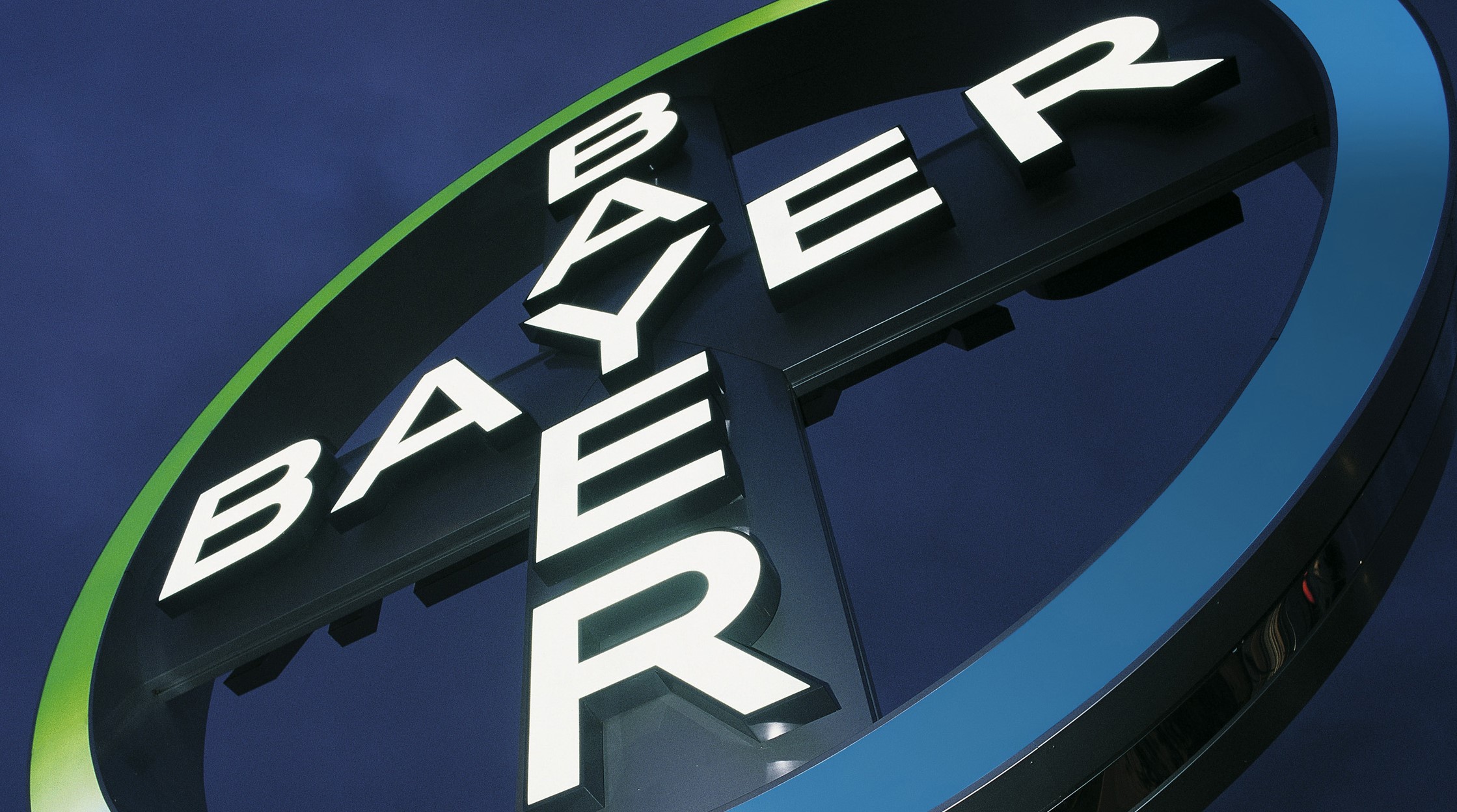FDA fast tracks Bayer's oral anticoagulant asundexian

The FDA has granted fast-track status to Bayer's oral Factor Xia inhibitor asundexian, which is in phase 2 testing as an anticoagulant that could offer safety advantages over current drugs.
Asundexian (also known as BAY2433334) will be given a speedy review by the US regulator as a secondary preventative treatment for people with ischaemic stroke, specifically those with non- cardioembolic risk factors like narrowed arteries.
The decision gives Bayer a shot at narrowing the gap with its main rivals in the category – Bristol-Myers Squibb and Johnson & Johnson – which are thought to be out in front the in race to bring an oral FXIa inhibitor to market with their milvexian candidate.
The promise of the new class is that in early studies inhibiting FXIa seems to provide the same anticoagulant properties of current drugs like BMS' Eliquis (apixaban) and Bayer's J&J-partnered Xarelto (rivaroxaban), without raising the risk of bleeding side effects.
Last year, BMS and J&J reported the first proof-of-concept data for milvexian in the AXIOMATIC-TKR trial, showing that the drug was able to prevent venous thromboembolism (VTE) in people undergoing total knee replacement surgery without raising the risk of bleeding events.
Their secondary prevention study in ischaemic stroke or transient ischaemic attack ('mini-stroke') patients – AXIOMATIC-SSP – are expected in the first half of this year.
Byer has yet to report data from its phase 2b programme, which along with ischaemic stroke also includes studies in atrial fibrillation and post-myocardial infarction (heart attack) patients. All three studies are looking at the drug on its own and in combination with anti-platelet therapies like aspirin and clopidogrel.
The drug is important to Bayer as Xarelto is coming to the end of its patent life and facing the threat of low-cost generic competition starting in 2026 that will eat into its sales.
The anticoagulant is Bayer's biggest product, adding almost €3.5 billion to its top line in the first nine months of 2021. That places pressure on the company to launch asundexian and switch patients to the new drug as quickly as possible.
Asundexian has also assume greater importance for Bayer following its decision to abandon development of P2X3 antagonist eliapixant, which was in late-stage testing for refractory chronic cough, endometriosis, overactive bladder and diabetic neuropathic pain.
He company is also developing two injectable FXIa inhibitors, antibody-based osocimab and Ionis-partnered antisense candidate fesomersen (FXI-LICA), which are both in phase 2 for thrombosis prevention in patients with end-stage renal disease (ESRD).












